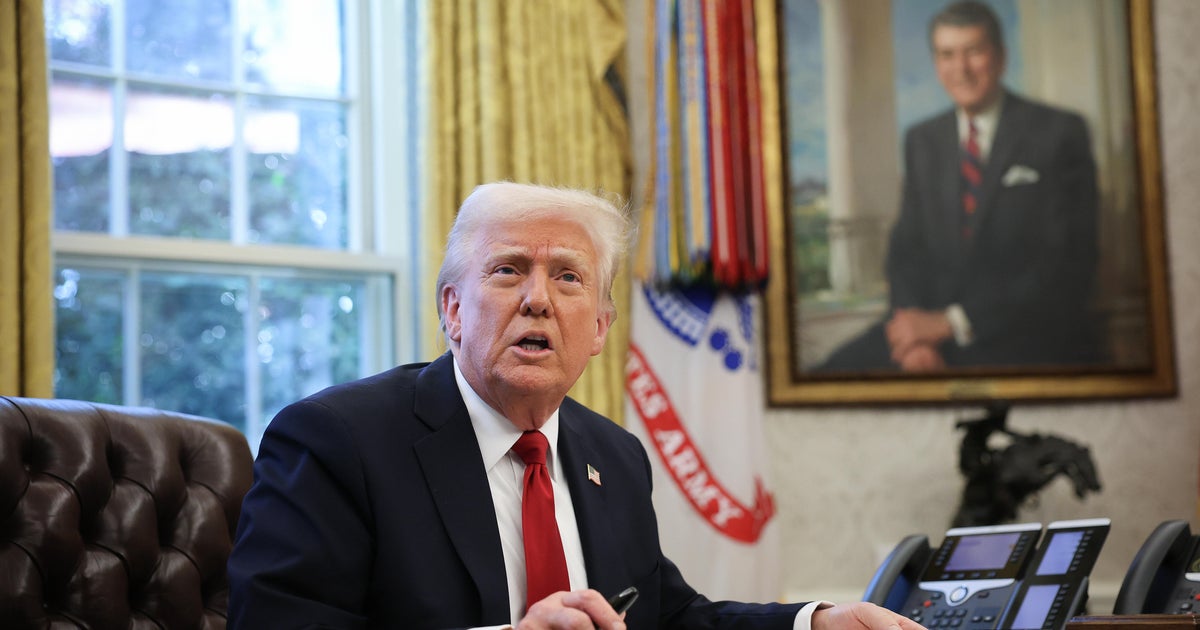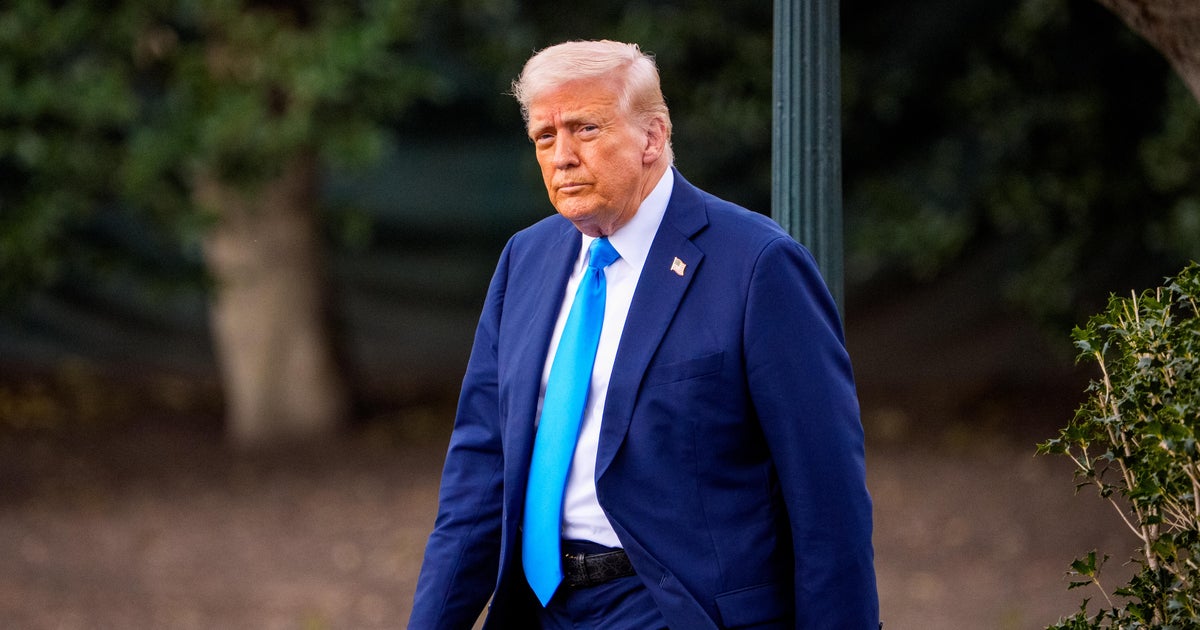Trump issues record 100th executive order within first 100 days of term. Here's a breakdown.
This week, President Trump signed the 100th executive order of his second term. Historical records show Mr. Trump has exercised his presidential pen at a pace that's unprecedented in modern U.S. history.
More than a month before the 100-day mark, Mr. Trump has surpassed Franklin D. Roosevelt's record of 99 executive orders within his first 100 days. But while Roosevelt expanded the size and scope of the federal government during his four terms, CBS News analysis shows Mr. Trump has focused the largest portion of his executive orders on efforts to cut federal budgets and regulations.
Here's a breakdown of Mr. Trump's executive orders so far.
Mr. Trump's executive orders by category
As of Wednesday, Mr. Trump has signed 104 executive orders across various topics.
Executive orders are presidential directives that do not require Congressional approval and have the force of law if the topic of the order falls under the president's constitutional authority.
Some of Mr. Trump's executive orders — including his orders to end birthright citizenship and freeze foreign aid by shutting down the U.S. Agency for International Development — have been halted by judges for potential executive overreach.
"The sheer volume of judicial reversals, particularly this early in the president's term, is exceptional," said William Howell, a professor of political science and public policy at Johns Hopkins University.
Out of the 104 orders Mr. Trump has signed, 17 relate to shrinking the federal government — particularly through the Department of Government Efficiency, led by Elon Musk — making it the single largest category of focus for the president's orders.
Trade policy has been another major focus, with 16 orders primarily aimed at adjusting tariffs on imports. While Mr. Trump argues these orders will protect domestic producers, economists warn they may drive up consumer prices.
Trump has also repeatedly used executive orders to deregulate fossil fuel use, such as by rolling back Biden-era limits on tailpipe emissions, and decrease immigration by, among other things, directing U.S. military troops to the southern border.
Additionally, five of Mr. Trump's orders have targeted individuals involved in investigations related to the president or former federal officials who criticized him, either by revoking their security clearances or canceling their government contracts.
Three of his orders have revoked dozens of former President Joe Biden's previous directives, including those addressing COVID-19 and climate change. In recent history, presidents have routinely used executive orders to undo their predecessors' policies when they were not codified into law by Congress.
Where Mr. Trump's use of executive orders fits with presidential history
When Mr. Trump was first campaigning for office in 2016, he criticized former President Barack Obama's use of executive orders, arguing that he'd prefer to work with Congress to pass laws.
However, Mr. Trump made frequent use of executive orders in his first term and has inked more of them at this point during his second term than at least 14 previous presidents.
At this point in their term, each of those presidents had signed fewer than 40 executive orders. Biden had signed the second-most at 37, and most others had signed fewer than 30.
Biden's early executive orders were mainly targeted at fighting the coronavirus pandemic and reversing many of Mr. Trump's first term policies.
Roosevelt previously held the record for the most executive orders signed in the first 100 days, at 99. His executive moves, along with a special Congressional session he called during his first three months in office, helped pull the U.S. out of the economic crisis of the Great Depression. He coined the 100-day benchmark after the wave of federal action.
"I think that we all wanted the opportunity of a little quiet thought to examine and assimilate in a mental picture the crowding events of the hundred days which had been devoted to the starting of the wheels of the New Deal," Roosevelt said in a fireside chat on July 24, 1933.
According to Howell, what sets Mr. Trump apart from former presidents is how he responds to judicial pushback. Previous presidents accepted rebukes from the courts on their executive orders, including in the case where the Supreme Court struck down President Harry Truman's attempt to seize steel mills.
"In the lead-up to the court's ruling, Truman went out of his way to try to justify his action. But upon losing, he respected the court's order. We didn't hear Truman call for impeachment of the judges, which is what we're now hearing from Trump when he loses in the federal judiciary," Howell said.






